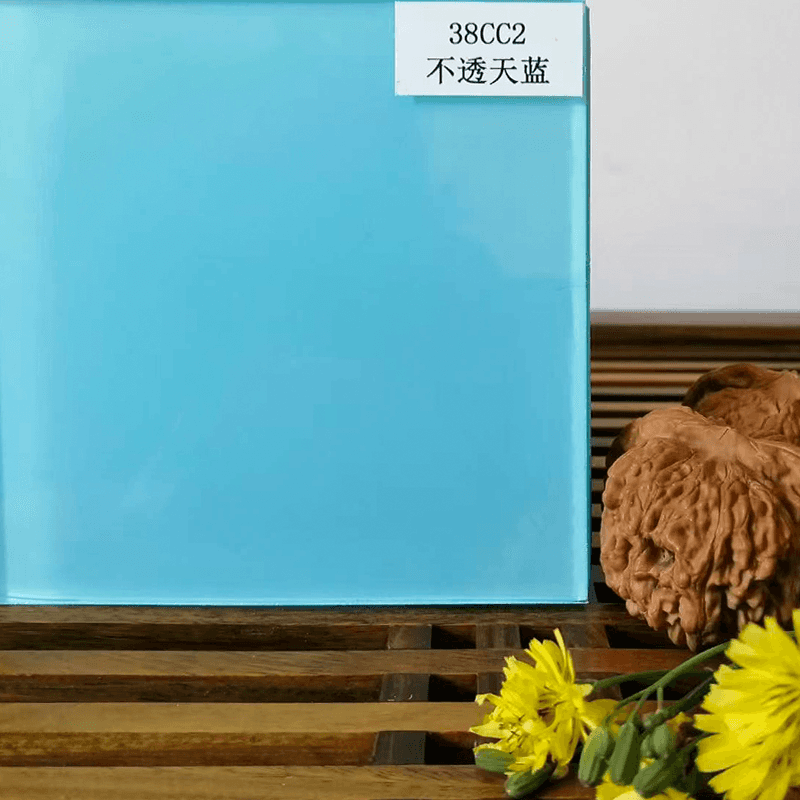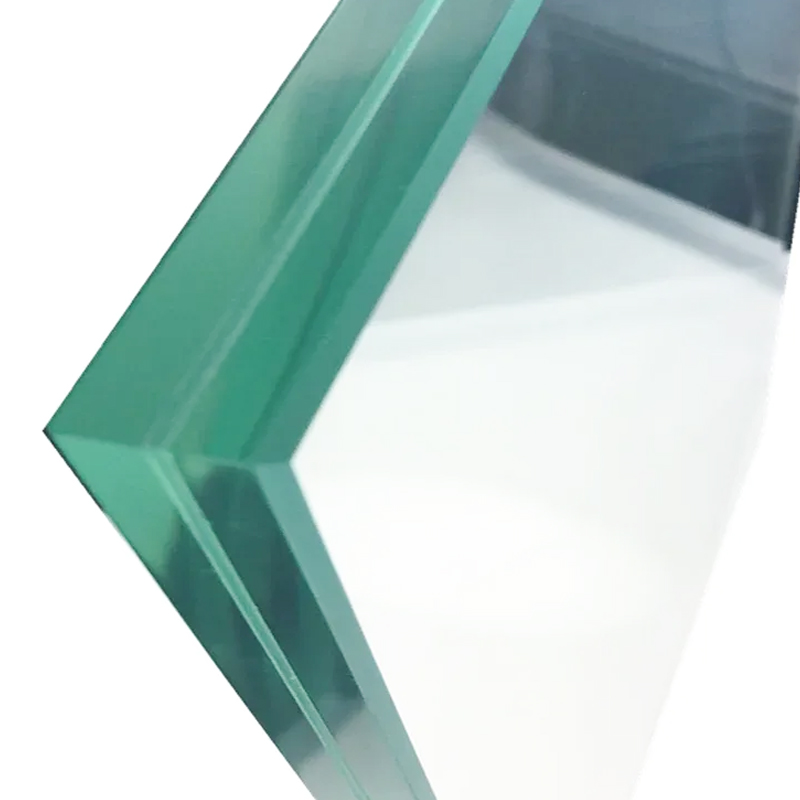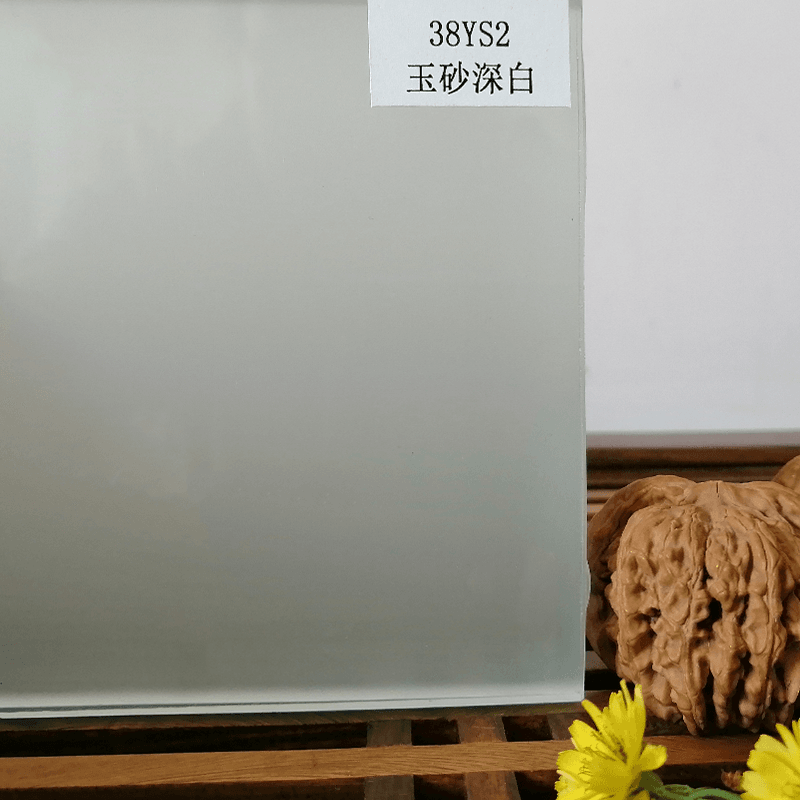language
In a world increasingly reliant on advanced materials, few components remain as underappreciated yet as vital as EVA film. Short for Ethylene Vinyl Acetate, EVA film is the quiet force behind a wide range of products—stealthily delivering strength, flexibility, and reliability where it matters most.
At its core, EVA film is a copolymer of ethylene and vinyl acetate. This combination results in a plastic material that uniquely balances elasticity and toughness. Its transparency, adhesive qualities, and high-performance capabilities make it a top-tier choice across industries, particularly in laminated glass and photovoltaic panels.
But what sets EVA film apart isn’t just its versatility—it’s the way it elevates whatever it touches. In the realm of architectural glass, for instance, EVA film plays a critical role in safety and aesthetics. Used as an interlayer in laminated glass, it binds layers together, preventing shattering during impact and ensuring structural integrity. In buildings, this means not only greater safety but also more design freedom, as architects can experiment with color, opacity, and embedded textures without compromising durability.
The solar energy industry, too, owes a debt to EVA film. As a core encapsulant in photovoltaic modules, EVA film protects solar cells from moisture, dust, and mechanical damage. Its optical clarity and UV resistance maximize light transmittance, ensuring solar panels perform efficiently over decades. Quite simply, without EVA film, the longevity and effectiveness of modern solar modules would be significantly diminished.
EVA film also finds its way into automotive applications, electronic devices, and packaging materials. In each of these arenas, it acts as a stabilizing layer—absorbing shocks, resisting UV degradation, and preserving the integrity of high-value components. It's not flashy, but it's indispensable.

What further distinguishes EVA film is its ability to adapt. Available in various grades, it can be tailored to suit specific needs—whether that means higher clarity for display screens, greater adhesion for safety glass, or increased weather resistance for outdoor applications. Manufacturers can tweak its vinyl acetate content, cross-linking level, and additives to meet stringent technical specifications without losing functional integrity.
Sustainability is another area where EVA film is gaining traction. With the global push toward greener alternatives, EVA manufacturers are investing in recyclable and eco-friendly formulations. Though the recycling of EVA has historically been a challenge due to its cross-linked structure, new chemical recycling techniques and hybrid materials are paving the way for a more circular future.
Critically, the processing of EVA film must be precise. Its thermal behavior demands meticulous control during lamination. Overheating can degrade the film, while under-curing can compromise adhesion. State-of-the-art laminating equipment and stringent quality assurance protocols are, therefore, non-negotiable in its production and application.
EVA film may not garner headlines, but its impact is both profound and pervasive. It is the silent protector of solar panels, the invisible shield in laminated safety glass, and the unseen backbone of countless composite materials. As technology advances and industries evolve, EVA film remains a steadfast enabler—enhancing performance, ensuring safety, and pushing the boundaries of what modern materials can achieve.
In an era that celebrates innovation, it's time we acknowledge the foundational materials that quietly sustain progress. EVA film is one such material—subtle yet sophisticated, and utterly essential.





